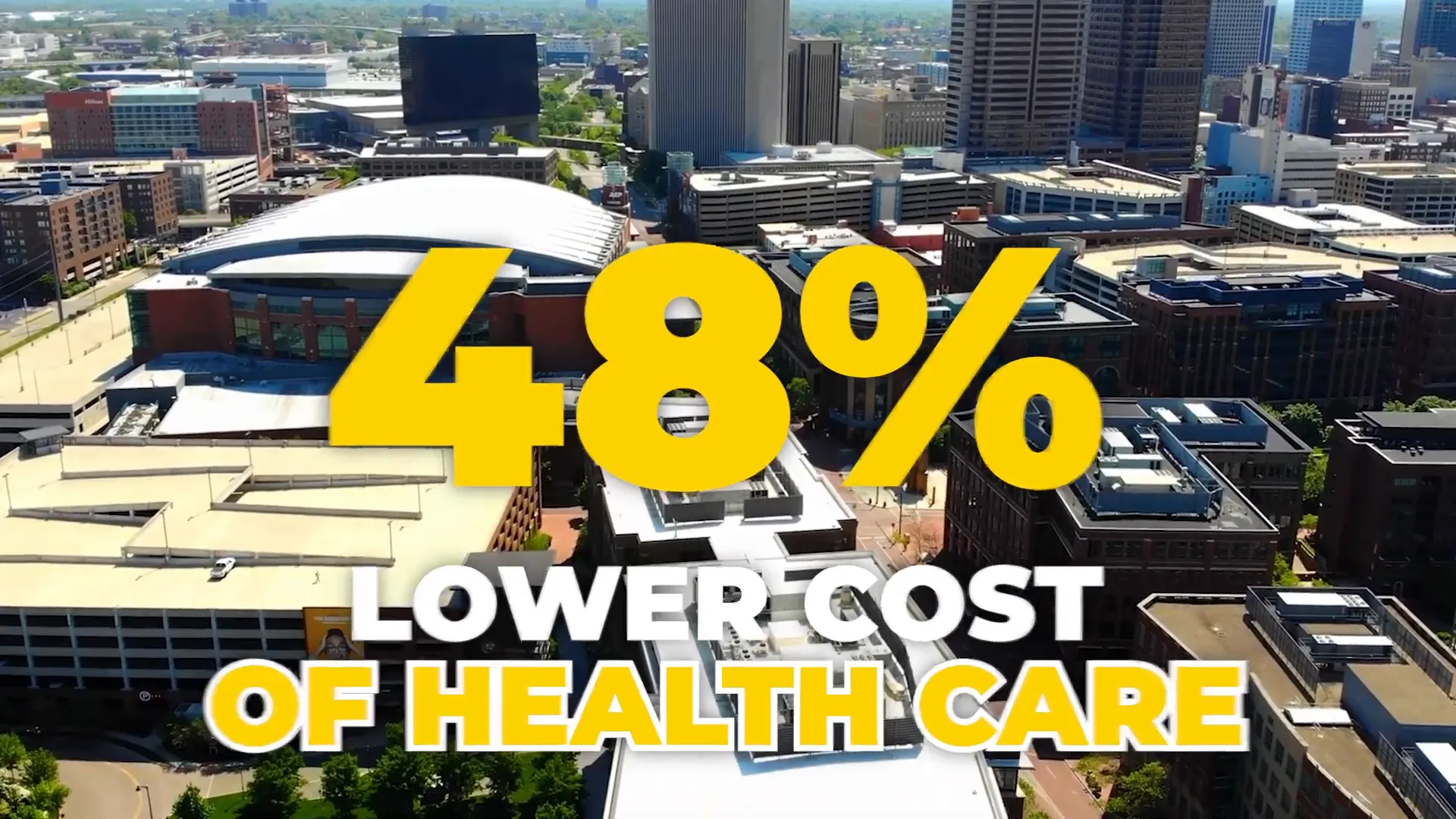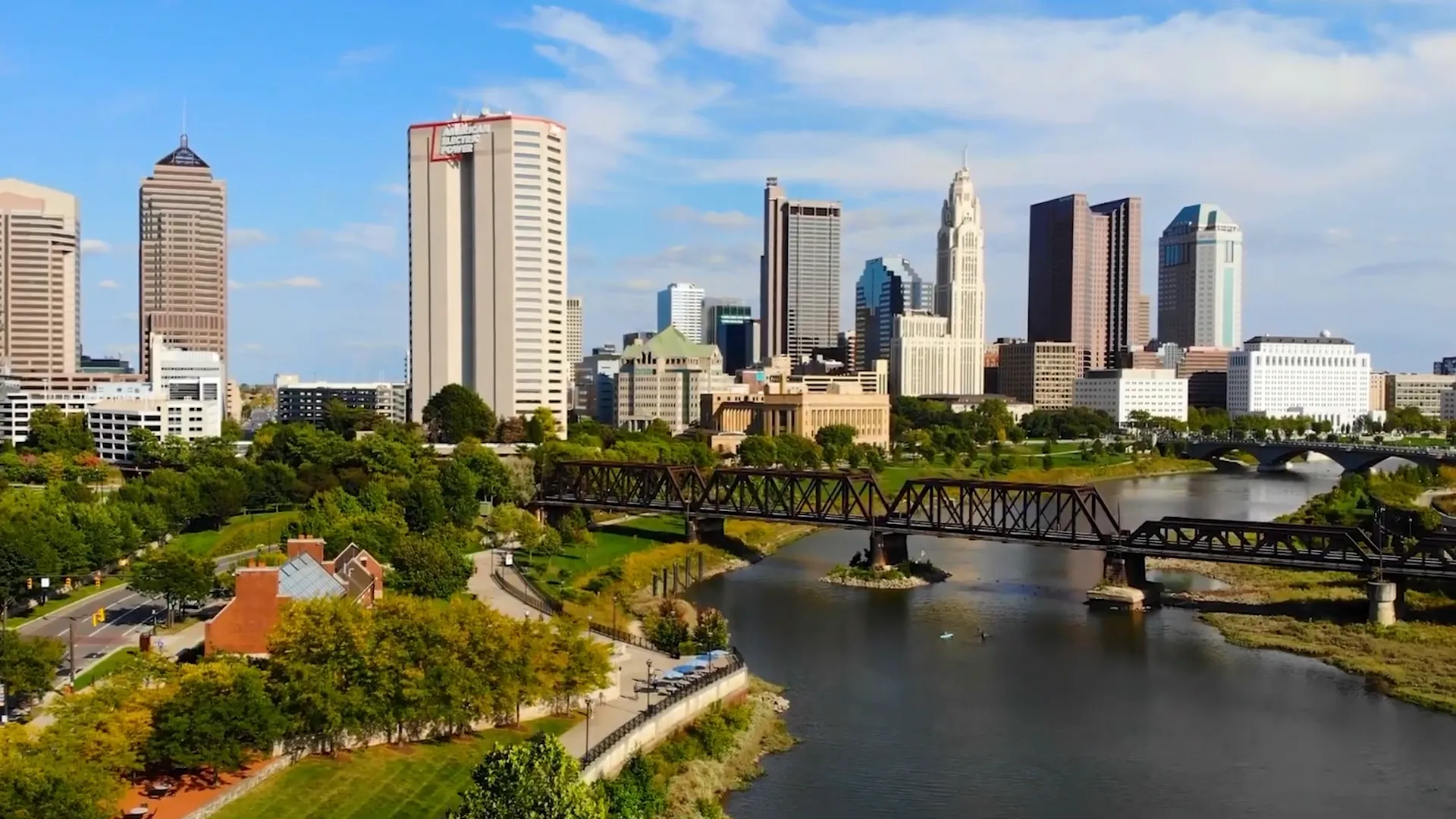The REAL Truth About Living in Columbus Ohio
If you're considering moving to Columbus, Ohio, you're not alone. This vibrant city is experiencing a surge in popularity, but with that popularity comes questions about the cost of living. In this guide, we'll dive deep into the realities of living in Columbus Ohio, covering everything from housing and transportation to healthcare and entertainment. By the end, you'll have a comprehensive understanding of what to expect financially and lifestyle-wise in Columbus.
Table of Contents
- Housing Affordability in Columbus
- Transportation Costs in Columbus
- Food Costs in Columbus
- Healthcare in Columbus
- Taxes in Columbus
- Childcare Costs in Columbus
- Entertainment in Columbus
- Cost of Living Comparison
- Insurance Costs in Columbus
- Seasonal Expenses in Columbus
- Frequently Asked Questions
Housing Affordability in Columbus
One of the first things on everyone's mind when relocating is housing. Columbus has seen a significant rise in housing costs over the years, but it still remains more affordable than many other major metropolitan areas. As of June 2024, the median home price in Columbus was $344,900, notably lower than the national average of $426,500. This makes Columbus a more attractive option for potential homeowners, especially when compared to cities like Seattle or New York.
Despite the rising prices, Columbus offers a variety of neighborhoods with different price points. Areas such as German Village are known for their historic charm and may command higher prices, while up-and-coming neighborhoods like Franklinton offer more affordable options. It’s essential to choose a neighborhood that aligns with your lifestyle and budget.
Transportation Costs in Columbus
Transportation is another crucial aspect to consider when moving to Columbus. At the start of August 2024, gas prices in Columbus were around $3.50 per gallon, slightly above the national average. However, many residents find that they can navigate the city without a car, thanks to the COTA bus system, which offers unlimited rides for $62 a month, or just $31 for seniors.
If you drive a lot, it’s worth factoring in these transportation costs. Overall, Columbus has a reasonable transportation cost compared to other cities, making it manageable for most residents.

Food Costs in Columbus
Food prices in Columbus are also something to consider. If you enjoy dining out or cooking at home, you’ll be pleased to know that groceries and restaurant prices are generally lower than in other large cities. For example, a dozen eggs in Columbus costs around $4.18 compared to $4.99 in Denver. A Quarter Pounder at McDonald's is $4.19 in Columbus, while it’s $6.91 in San Francisco.
Columbus boasts a good mix of fine dining and casual eateries, ensuring that there’s something for everyone. Whether you want to enjoy a gourmet meal or grab a quick bite, you’ll find it all at a reasonable price.
Healthcare in Columbus
Healthcare costs are another significant consideration. Columbus offers healthcare services that are more affordable than those in many larger cities. The average cost of a doctor’s visit in Columbus is about $121.60, which is significantly lower than the costs in places like Manhattan, where it can reach $190.50.
Columbus is home to several highly-rated healthcare systems, including Ohio State University Wexner Medical Center and OhioHealth. These institutions provide a range of specialized care, which is invaluable for residents with specific health needs.

Taxes in Columbus
Understanding the tax landscape is crucial for anyone considering a move. Ohio has a progressive state income tax that ranges from 0% to 3.99%, depending on your income. Additionally, Columbus has a city income tax of 2.5%. The combined sales tax in Columbus is 7.5%, which applies to most goods and services, though groceries and prescription medications are exempt.
Property taxes in Franklin County, where Columbus is located, average about 2% of the assessed home value. It’s important to note that property taxes can vary based on location and any special tax abatements that might apply.
Childcare Costs in Columbus
For families moving to Columbus, childcare expenses can be a significant burden. The cost of childcare in Ohio can range from $10,000 to $13,000 annually for one child, which is a major consideration for parents. If you're relocating with children, be sure to budget accordingly for this essential expense.
Entertainment in Columbus
Columbus offers a wealth of entertainment options, many of which are affordable or even free. The city is home to over 370 parks and numerous museums, including the Columbus Museum of Art, which offers free admission on certain days. Movie tickets typically cost around $12, and gym memberships range from $30 to $100, depending on the facility.
For those who enjoy sports, Columbus has a vibrant scene featuring the Blue Jackets (NHL), Columbus Crew (MLS), and Ohio State Buckeyes football. While ticket prices can vary, attending local sporting events is a great way to immerse yourself in the community.

Cost of Living Comparison
When comparing the overall cost of living, Columbus is about 10% lower than the national average. This affordability is a significant draw for individuals and families relocating to the area. Specifically, housing costs are approximately 23% lower than the national average, making it an attractive option for potential homeowners.
In comparison to other cities, living in Columbus is about 50% cheaper than New York City and 35% cheaper than Chicago. This affordability factor has been a major lure for both individuals and businesses looking to establish themselves in the area.
Insurance Costs in Columbus
Insurance rates in Columbus also tend to be lower than the national average. For homeowners insurance on a $300,000 home, the average cost is around $1,300 annually, compared to $2,270 nationally. Car insurance averages about $1,599 per year, which is quite reasonable and adds to the overall affordability of living in Columbus.
Seasonal Expenses in Columbus
Living in Columbus means experiencing all four seasons, which can impact your budget throughout the year. Be prepared for higher heating costs in winter, which can add $100 or more to your monthly utility bill during the coldest months. Summer cooling costs can also be notable, especially during July and August.
Residents often budget for seasonal activities, such as snow tires in winter and outdoor festivals in summer, to account for these fluctuations. The climate can also be tough on vehicles, so consider setting aside funds for maintenance and care during the winter months.

Frequently Asked Questions
Is Columbus affordable compared to other cities?
Yes, Columbus is significantly more affordable than many major cities, with lower housing costs and overall living expenses.
What are the average home prices in Columbus?
The median home price in Columbus is approximately $344,900, which is lower than the national average.
How much can I expect to pay for groceries in Columbus?
Groceries in Columbus are relatively affordable, with prices for items like a dozen eggs averaging around $4.18.
What is the healthcare system like in Columbus?
Columbus has several highly-rated healthcare systems, offering affordable medical services compared to larger cities.
Are there good entertainment options in Columbus?
Absolutely! Columbus offers a variety of entertainment options, including parks, museums, and sports events, many of which are affordable or free.
In conclusion, living in Columbus, Ohio, offers a unique blend of affordability, vibrant culture, and a growing economy. Whether you're drawn by the housing market, transportation options, or the community spirit, Columbus has much to offer for those looking to relocate. If you have questions or need assistance with your move, don’t hesitate to reach out!
Blake Kircher
Blake is dedicated to highlighting Columbus via his YouTube channel. He delves into various neighborhoods and emphasizes market trends, offering valuable insights for anyone considering a move to the city.
WATCH VIDEOS
Check out Blake Kircher's latest video for expert insights into the Columbus real estate market! As a leading pro in team relocations, Blake shares valuable advice tailored to you.
Let’s Make Your Move Happen
Ready to take the next step?
Schedule a no-obligation consultation with Blake Kircher today and take the important first step toward achieving your real estate goals.

CONTACT
All information provided is deemed reliable but is not guaranteed and should be independently verified. This website and its affiliates make no representation, warranty or guarantee as to accuracy of any information contained on this website. You should consult your advisors for an independent verification of any properties or legal advice.





